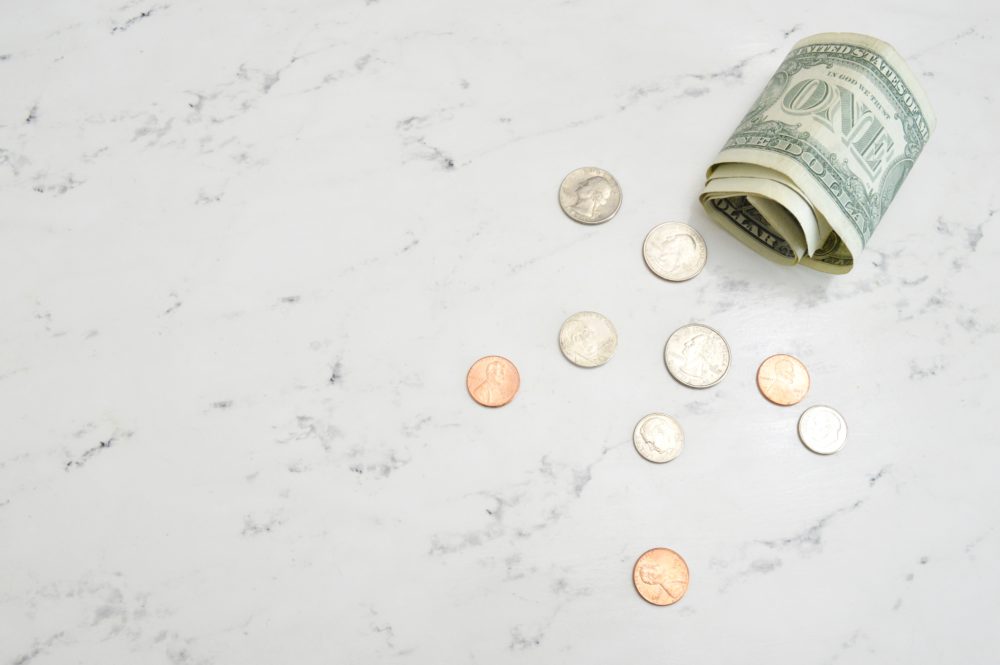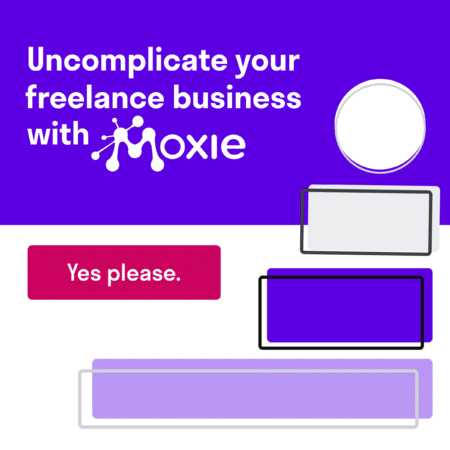How much to graphic designers make on average around the world? It’s a bit of a complicated question—like asking, “how much does a house cost?”—but today, we’d like to try to explain a few ways to calculate how much a graphic designer makes depending on their experience, skills, and job situation.
“Design is not just what it looks like and feels like. Design is how it works.” –Steve Jobs
One can’t not agree with the late Steve Jobs here, and rightly so. Design is an integral part of what makes us human and is also what we do to beautify our surroundings and our interaction with the world around us.
Good design can make a product worth more just due to the packaging or the way it’s presented. Can you imagine how much value that the logo has for famous brands such as McDonald’s, Coca-Cola or Nike?
Or better, can you imagine these brands without their logo?
Rightly so, your answer would be a definitive no. This is a simple, yet effective example to help you understand how a designer can add massive value to a company.
So needless to say, graphic design in 2019 is a lucrative career for those with a creative streak who are ready to put in the hours to create engaging visual stories.
The question is whether you want to focus on either print and advertising or the digital sphere of things.
Graphic Design has taken an umbrella term status. There are a lot of specializations in different fields and areas. Having said that, the salaries can vary depending on the area you want to focus on as well as the experience and knowledge that you have in the field.
Here, we’re going to answer your question: how much do graphic designers make? Learn about what goes into it, the levels of positions, and how to negotiate your salary.

How much do graphic designers make? Here’s the 4 common factors:
- Education & training
- Skills
- Specialization
- Experience
1. Education & training
Maybe more relevant than any other field, education and training is essential in starting out a career in design. A good University education in a highly-accredited institution can set you back a hefty sum of money, but don’t get disheartened.
In this day and age, all the training and information you need is right at your fingertips. All you need is a good computer and a good internet connection. Getting accredited online is really accessible.

There are several websites that offer legitimate courses such as Adobe Creative Training that would look good on your CV.
These courses will help you in securing your first step towards a design career without breaking the bank. Having said that though, a degree from an accredited and prestigious Arts focused University will give you a competitive edge when applying for your first job.
On the contrary, nothing beats the experience and the connections you make.
2. Skills
Design courses, whether online or through a University, will introduce you to techniques and methodologies to do a great job. Also, learning from other graphic designers (your tutors), will further enhance your skill set.
Albeit the best thing that a proper education does for you is that it allows you to take the time to learn and hone new skills.
Your lecturers are there to introduce you to the various number of tools available to you as a student and later, as a professional. Education doesn’t necessarily make you become more creative.
Creativity is a bit more of an innate thing. It helps you express yourself better. Mastery only comes around by immersing yourself and exploring the world around you.
This learning process will help you in becoming more creative to come up with new design ideas.

3. Experience
So you want to land a dream job with a company that you like?
I have bad news for you. Most companies out there won’t take you on unless you’ve got some experience.
Throughout my career, I’ve managed several design teams to help me in improving websites’ conversion rates. I’ve always looked for candidates that had the right mix of education and experience.
However, if I had to choose between the two, experience was always the decisive factor.
When starting out, you can still get some experience by taking on freelance projects of all sorts or doing design work for friends or family.
There are several online platforms, like Upwork or Fiverr that match clients with freelancers. You can list your services there to get your first design client.
Although the money is not great you’ll be gaining experience, and most of all building a design portfolio.
One of our all-time favorite designers, Aaron Draplin talks about how he started out making logos for his friends, even for a burrito as payment, just to build his design portfolio.

At this stage, it is very important to put yourself out there. You can do this, by creating your own portfolio website. If you think that you don’t have enough design projects to add, you can always create new ones.
Say a new UI dashboard for a software as a service, or a new logo for a real estate company. Be creative, the sky’s the limit.
Something to get used to from the very first start of your career is to be ready to fail. Everybody’s been there. Learn to take critique in a positive manner.
Failure will teach you how you can improve. It is one of the most important factors to help you get better as a designer.
4. Specialization
Designers come in all types and specialties. It is beneficial to learn a lot of styles, media, and how to use different tools. However, it is also important to specialize in an industry as early on in your career as possible.
This is an important factor that will have a direct effect on both your salary and job opportunities.
Different fields of design will also affect your salary expectations. Starting somewhere at $20K a year for a junior print designer all the way up to $60K a year for a UX (User Journey) designer.
If you manage to become so good that you end up becoming a Creative or art Director, then you’re looking at twice that amount yearly.
These positions come with a lot of responsibilities and only years of experience and hard work will get you there.
When starting out, it is important to reflect the specialization that you choose in your design portfolio. When applying for jobs, your portfolio will show that you have spent time studying and specializing in one particular area of design.
So if you want to be a UI designer for say a software company, make sure that you have several pieces of work in your portfolio for such companies. As mentioned previously, if your experience is limited, you can always create new projects and include them in your portfolio.
This strategy can really help in negotiating a better salary for yourself based on the work you’re putting out there.
Being a freelance designer vs a company employee
Everything in life comes with its own benefits and advantages and also some downsides. When it comes to determining how much do graphic designers make, you have to factor in the workplace.
Being a freelance designer, you can enjoy some of the perks that come with the job description.
These include, working from home, or wherever you want for that matter, whilst also managing your own time and clients.
Running your own business is not easy though and not for the fainthearted either. You will be faced with challenges such as dealing with difficult clients that require more from you but don’t want to pay for your extra time.
Another common challenge when you start freelancing is the instability of the job. You will be faced with periods where you won’t have enough clients to pay your bills.
If you can’t handle this type of financial stress, I suggest that you go for a full-time employment. One of the benefits of being a full-time employee with a company is that you will have a stable income, i.e. a paycheck at the end of each month.
As a full-time employee you will learn a lot from your colleagues. As you progress in your career you will also find out that you’ve learned more by working in startup companies rather than big corporations.
In a startup, things move at a faster pace due to the small size of the company. This will in turn help you develop your skill set faster.
How to negotiate your income as a graphic designer
Depending on your level of expertise, the position, and the company you’re applying for, you can always negotiate your income as a graphic designer. However, knowing how much do graphic designers make in your current position plays an important role.
Always remember to ask a bit more than what you think you’re worth so you have some room for negotiation. Also, show a certain amount of pride in what you do but don’t be too greedy either.
For a Junior Graphic Designer role you can expect to be paid a starting salary of $20K to $25K a year. This is already a great start for someone starting out a design career.
According to SimplyHired.com a senior designer in the US makes around $55,000 plus, which is already higher than most other professions.
An Art Director on the other hand is expected to make $76,000 a year. A big shot Creative Director who would have the responsibility of overseeing every bit of work that comes out of the studio, can rake in a nice paycheck of $80,000 by the end of the year in most US major cities.
To give an added visual, I’ve dropped in an infographic below on how much do graphic designers make, enjoy!

Design is quite a lucrative career. Salaries vary depending on where you are in the US and the position that you’re looking for. Before applying for a design job, and assuming how much do graphic designers make, be sure that you do your own research.
Sites such as payrates.com and salary.com help you find out what to expect when applying for a design job with your particular set of skills.
This way you can make sure that you’re not getting underpaid or risk losing a great job opportunity because you asked for an unreasonable salary.
Keep the conversation going...
Over 10,000 of us are having daily conversations over in our free Facebook group and we'd love to see you there. Join us!

